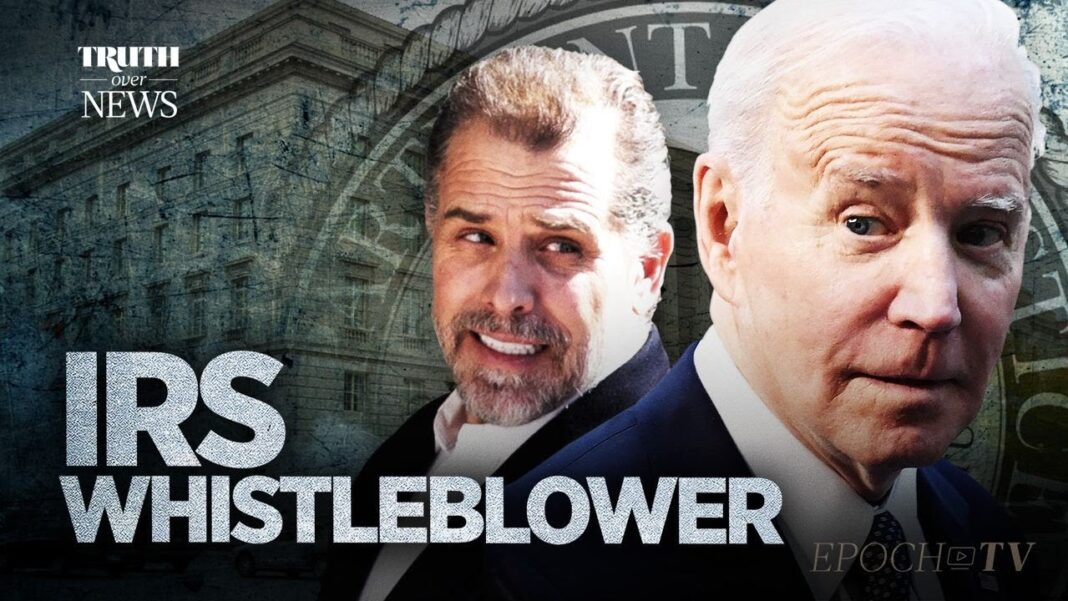The recession has become the talk of the town again in the U.S. economy and financial markets, with many leading downturn indicators flashing red.
In March, The Conference Board’s Leading Economic Index slumped to its lowest level since November 2020, declining by 1.2 percent and deepening into contraction territory.
The spread between the two- and 10-year Treasury yields, which has forecast nearly every recession since the Second World War, settled the April 20 trading session at negative 60 basis points. The gap has widened since July 2022. The Federal Reserve’s preferred recession measurement—the three-month and 10-year yields—finished the session at negative 158 basis points.
Minutes from the Federal Reserve’s Federal Open Market Committee (FOMC) policy meeting in March revealed that central bank economists expect a recession later this year as the fallout from the banking turmoil spreads throughout the national economy.
Other economists and market experts agree. A recent Marquee QuickPoll for Goldman Sachs, for example, revealed that 53 percent of investors expect a recession this year.
“I believe that a near-term recession is more likely than unlikely. It will be very difficult for the Fed to engineer a soft landing for the economy and still win the battle to stem inflation,” Robert R. Johnson, a professor of finance at Creighton University’s Heider College of Business, told The Epoch Times. “The problem with recessions is that we don’t know we have entered one until after the fact, and we also don’t know we have exited one until after the fact.”
But for many Americans, the recession might already be here.
According to the CNBC All-America Economic Survey, 66 percent of Americans think the United States is headed for a recession or is already in one. Moreover, a January Morning Consult study found that 46 percent of U.S. adults believe the nation is entrenched in a recession.
How should investors prepare for this environment if a recession is on the horizon or has arrived?
By Andrew Moran






